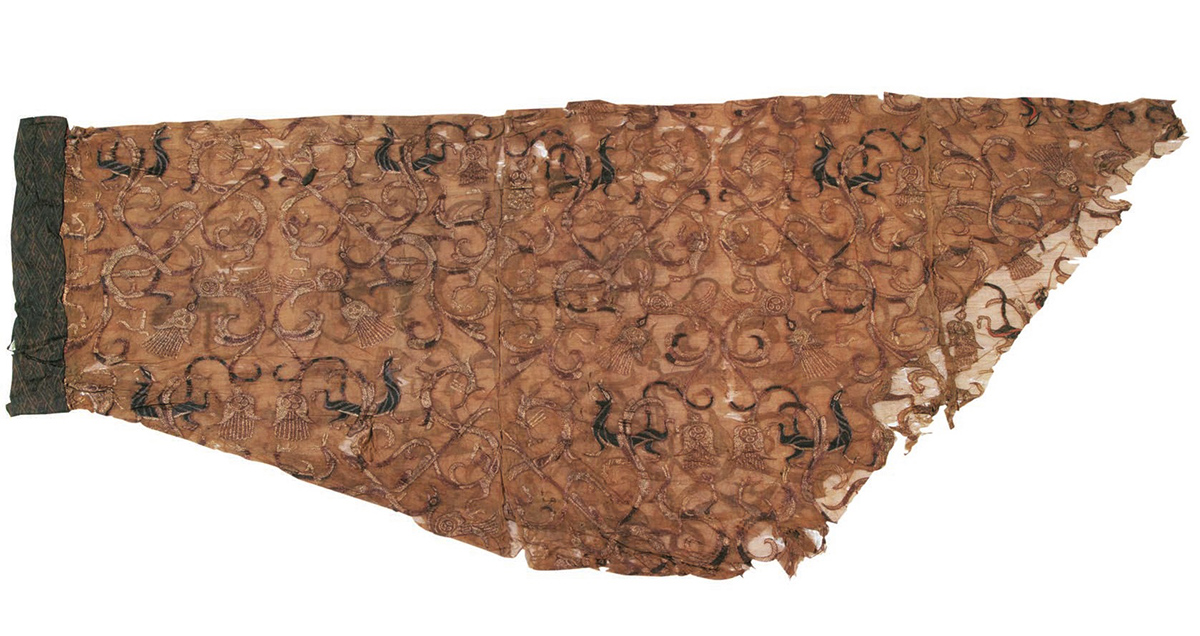
to top

Thesis Topic
Since the 1950s, a large number of textiles have been unearthed from Chu tombs in many areas such as Hubei and Hunan, providing valuable materials for the study of textile culture in the pre-Qin and Han Dynasties. The academic community has achieved fruitful results in textile science and technology, fashion style and trends, and the culture of ancient costumes. Most of these researches focus on considering burial textiles as daily materials in the real society. However, going back to the perspective of funeral context, burial textiles are detached from the daily life field and should be the result of intentional behavior and materials remain in the process of mourning by the ancients, demonstrating a distinct “funerary attribute”.
Both documentary records and archaeological evidences have shown that in a series of complex mourning ceremonies, textiles are indispensable items. Among them, the most widely used and most closely related to the burial customs is the process of wrapping the corpse. This special method has been discovered and confirmed in tombs such as the Mawangdui No. 1 Tomb in Hunan and the Mashan No. 1 Tomb in Hubei. This dissertation focuses on examining the comprehensive characteristics of several major types of textile tools used in the corpse wrapping of the Chu ancients; meanwhile explaining the function and symbolic meaning of textiles in the mourning activities based on anthropology, folklore, etc., also exploring the relationship between textiles and the mourning rites, customs, and beliefs of the ancients.
